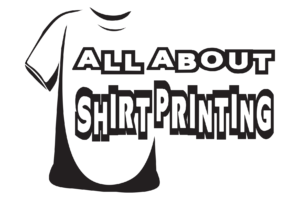Direct to Film (DTF) printing and vinyl printing are two popular methods used to transfer designs onto fabric. DTF printing involves gluing ink directly to the fabric, while vinyl printing uses heat transfer vinyl sheets that are cut into desired shapes and then applied using a heat press.
When it comes to durability, DTF prints are more flexible than vinyl prints as the ink is actually bonded to the fabric, making it less prone to cracking, peeling or fading over time.
In terms of cost: DTF printing generally has lower material costs compared to HTV (Heat Transfer Vinyl) because printing is done with digital inks and films rather than vinyl sheets. However, HTV requires less money to start a printing business and is usually more profitable for small-quantity orders.
In terms of ease of application, DTF printing is much easier as it does not require cutting or weeding of designs before application. Vinyl prints require more work as they must be cut into desired shapes before application with a heat press.
When it comes to versatility, there is no difference between DTF printing and HTV printing as both can be used for a wide variety of products including t-shirts, hoodies, hats and bags.
The print quality of both methods depends on the type of printer used, but in general, DTF prints tend to have sharper lines and finer details than vinyl prints due to their higher resolution capabilities. In terms of color gamut, both methods offer a wide range of colors but DTF tends towards brighter colors due to its advanced color management system.
It is important to emphasize that there is a difference between HTV for cutting, which comes in one color that is cut and transferred to the garment, and between HTV intended for printing, on which colored graphics can be printed.
Finally, when it comes to matching different fabrics/substrates both methods can be used on different materials such as cotton or polyester blends but DTF tends to work better with delicate fabrics such as silk or rayon which may not withstand high temperatures required to apply for vinyl transfers.
Overall both methods have their pros and cons depending on the specific use case or product, but in general, DTF printing offers greater durability, versatility and print quality while being easier and faster to apply than vinyl transfers, which may be more cost-effective on bulk orders. Therefore, businesses should carefully consider their needs before deciding which method will best suit their requirements effectively.

